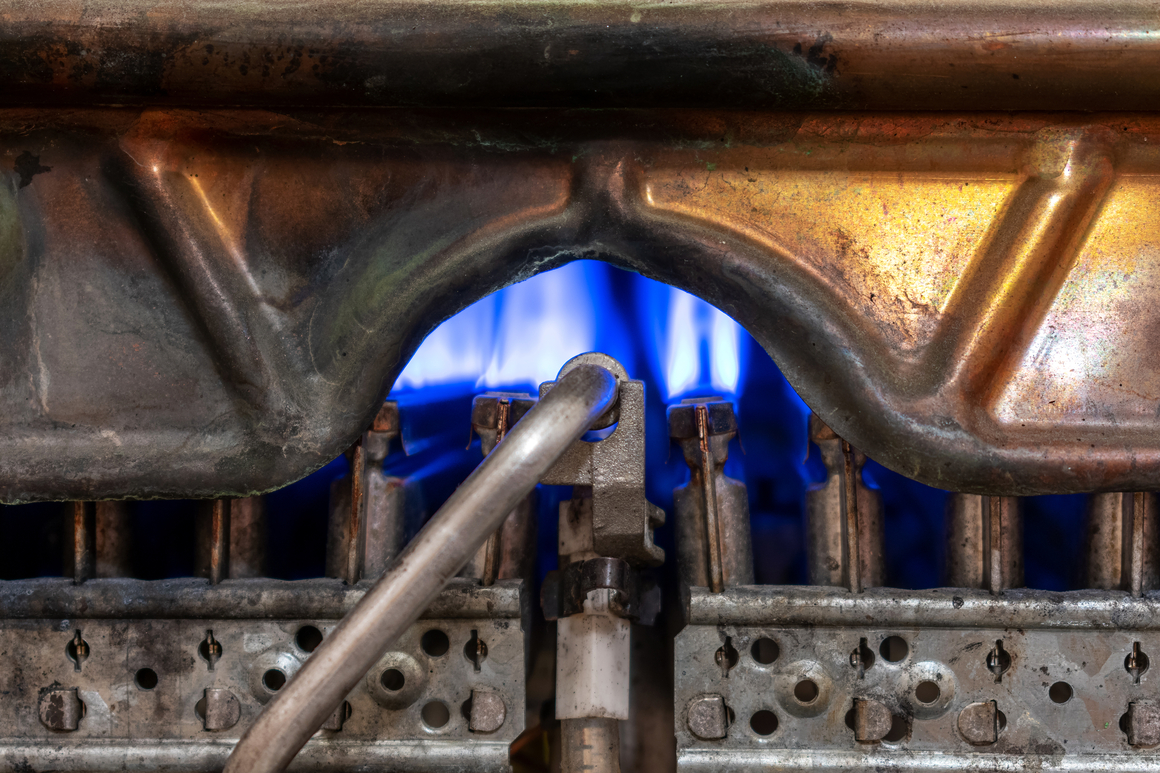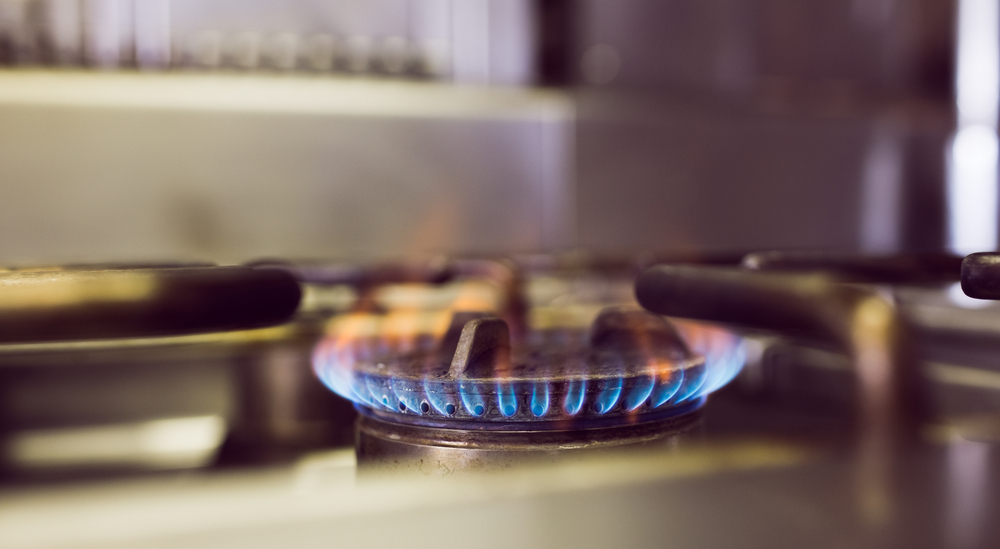PM2.5, Gas Stoves, and Your Health
PM2.5 is fine particulate matter that is 2.5 microns in width or smaller. It is created when fuel is combusted or burnt, like tobacco becoming cigarette smoke, diesel fuel or gasoline turning into car and truck exhaust, or gas in a stove igniting into a blue flame. Whatever its source, PM2.5 is well-documented to harm respiratory health in kids and adults alike. Cooking on a gas stove can generate nearly twice as much PM2.5 as cooking on an electric stove.
Because PM2.5 is so small, when we inhale it, it bypasses the respiratory system’s natural defenses (cilia and mucus layer) and lodges deep into the lungs, where it may even enter the bloodstream.
Children’s lungs are particularly vulnerable for a number of reasons:
Undeveloped lungs are less able to fully repair themselves;
- Pollutants may remain in childrens’ lungs for a longer time;
- Children breathe faster than adults, and often breathe through their mouths, pulling air pollutants deeper into their lungs, making clearance slower and more difficult;
- Children’s immune systems are immature, which plays a significant role in asthma;
- Early life exposure to air pollution can mean kids grow up with diminished lung function and become more susceptible to respiratory illnesses and asthma.




